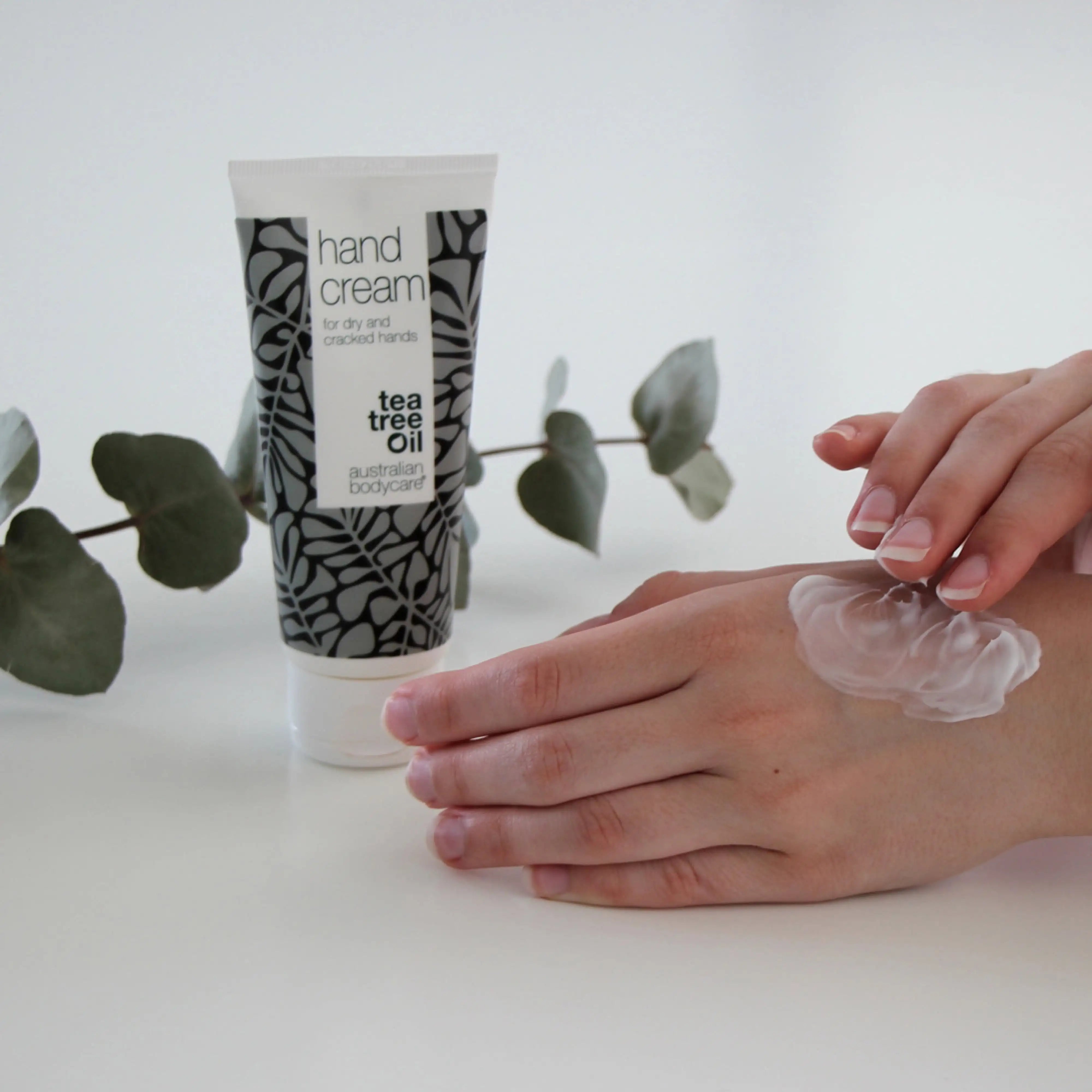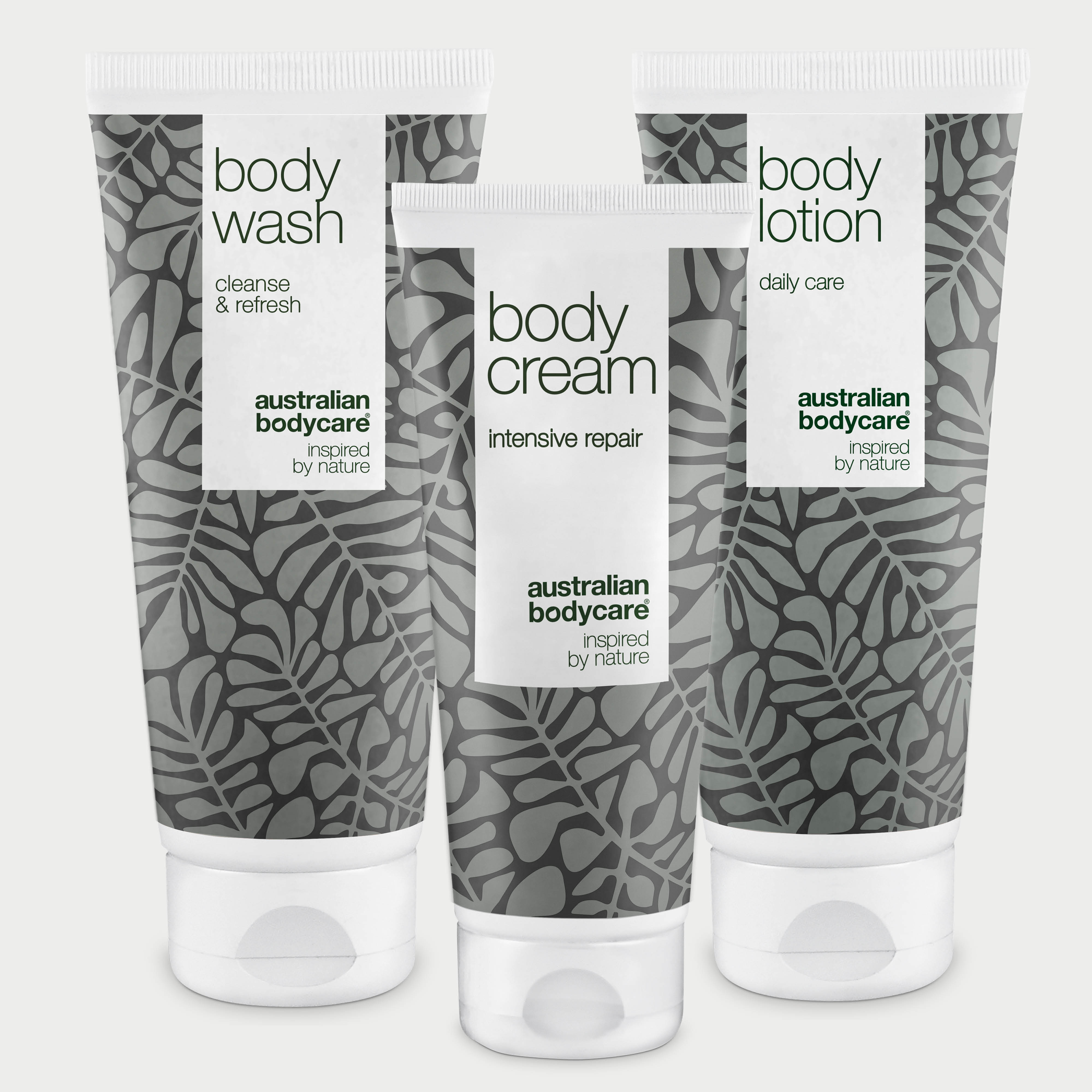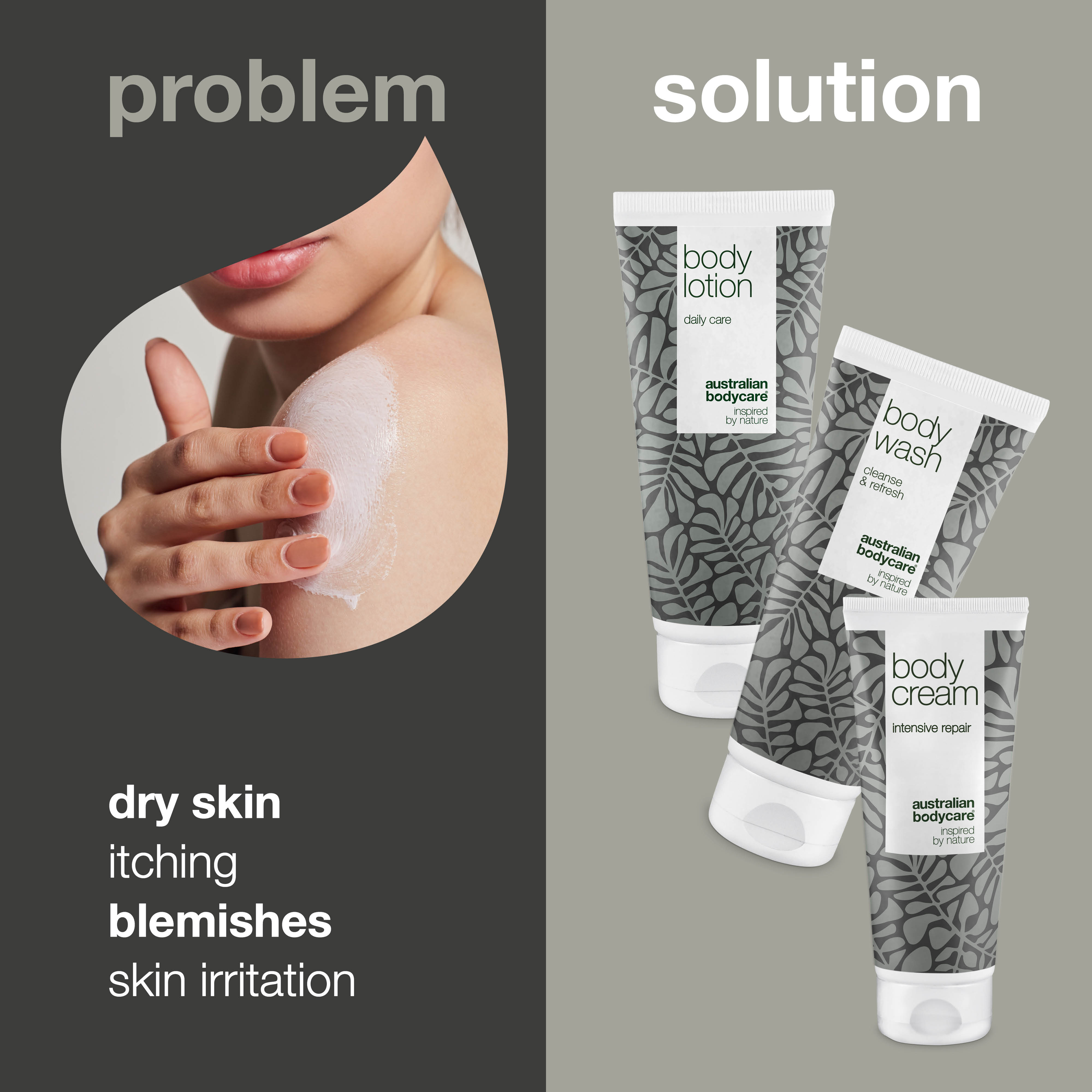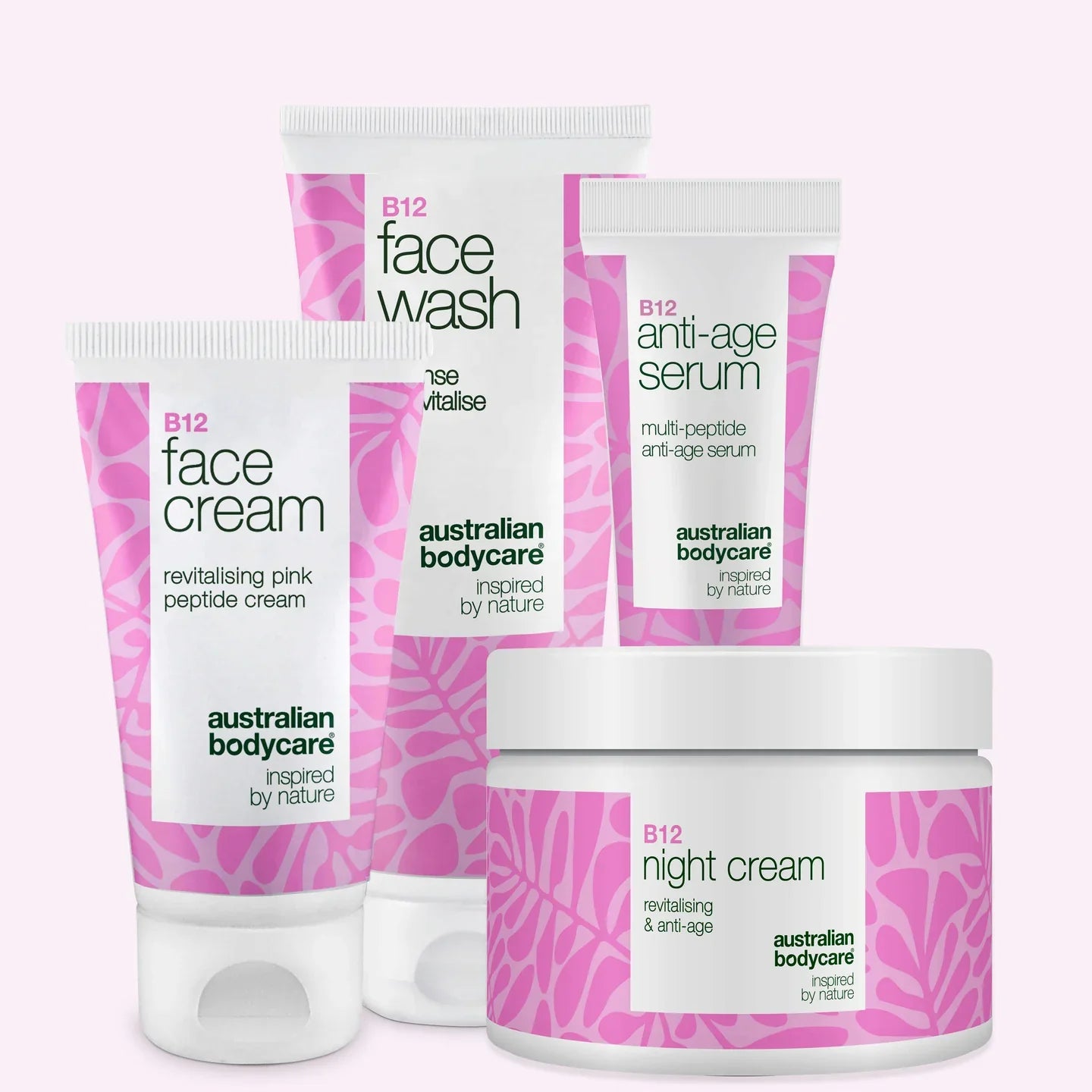Shingles - how to prevent and treat them
Table of contents
What are shingles - and who develops it?
Shingles, known in Latin as herpes zoster, is a skin condition that causes a very painful skin rash. Herpes zoster is also known as human herpesvirus 3 (HHV-3).
Shingles is caused by a viral infection with the chickenpox virus, also known as varicella-zoster virus (VZV). When you get an outbreak of shingles, it is caused by a reactivation of the chickenpox virus. So you can only get shingles if you have had chickenpox in the past. The outbreak of shingles can easily happen many years later. Many people have had chickenpox as children, while shingles most commonly affects people over 50-60 years of age, and also people with a weakened immune system, for example people with HIV. Shingles affects about 10-20% of the population.
Once you have had chickenpox, often as a child, the chickenpox virus will travel from the skin along the nerve fibres to the nerve roots, where it will come to rest in the body, so to speak. It will remain there for the rest of its life. The virus lies in an inactive dormant state in the roots of the sensory nerves, which are close to the spine. In most cases, the chickenpox virus will almost never come back to life, but in some cases it does, and that's when you get shingles.
The body builds up a natural resistance to chickenpox viruses when you have had chickenpox in the past. But as we get older or our immune system weakens, our natural resistance to this virus can weaken and the chickenpox virus can start to multiply and then travel along the nerve pathways to the skin.
You cannot get shingles from being in contact with someone who has shingles or chickenpox, but if you have shingles, you can pass on the infection and someone who has not previously had chickenpox can get chickenpox. Shingles can only be caused by a reactivation of the chickenpox virus that you have in your body because you have previously had chickenpox.
In the same way that you only get chickenpox once in your life, it is rare that you will get shingles more than once in your life, as the body will usually then become immune to a new reawakening of the virus. However, the pain after an outbreak can last up to several months or, in some cases, years.
What are the symptoms of shingles?
Shingles presents as a burning, stinging and painful rash on limited parts of the body or face. As the name suggests, it is a very unpleasant and painful disease. Fortunately, it is neither dangerous nor life-threatening, but the pain can last for a long time after an outbreak.
The first symptoms of shingles will often be headache and general unwellness. In addition, there may be burning, itching and pain in the skin in the area where a visible red rash with blisters will appear later, typically after 3-6 days. The blisters may become filled with pus or bloody fluid.
Our customers recommend using Aloe Vera gel to cool and relieve the symptoms of Shingles
After a while, crusts will form on the blisters. The scabs look like chickenpox. After 2-3 weeks, the scabs will usually fall off. During this time, pigmentation changes may appear on the skin in the form of lighter or darker patches. An outbreak may be accompanied by a slight fever and swollen lymph nodes, and in some people there may also be severe pain further down the body, not just on the skin.
Shingles usually follows a nerve pathway and therefore appears as a band or belt across the skin. It typically occurs on either the right or left side of the body or face. The face, chest, abdomen or lower back are very often affected, but shingles can also, less commonly, be seen on the neck, arms and legs.
Smerter ved helvedesild
The pain associated with an outbreak usually peaks after a week or so. After that, it will subside in most people. However, severe pain may persist for weeks or months, or even years afterwards; this is called postherpetic neuralgia.
The pain of shingles is described as a burning, stabbing or shooting pain. When the pain does not always go away even when the outbreak is gone, this is because there has been permanent damage to the nerve. In very severe cases, the persistent pain can be debilitating.
The pain will often get worse with age. In the rare cases where children or young people get shingles, the pain will typically be less severe. In general, however, the severity of the pain varies greatly from person to person. Some people experience only mild and short-term pain, while others experience very severe and long-lasting pain.
Shingles in the eye
In about one in 10 patients with shingles, it affects the eye. The symptoms here are a tingling, prickling and stinging sensation in the skin around the eye, on the side of the nose, forehead and temple. A full-blown rash may then form and you may feel tired. If you experience symptoms like this, you should seek medical attention immediately. Other symptoms may also include photophobia, pain in the eye and reduced vision in the eye.
Quick treatment is particularly important for shingles in the eye, also known as zoster ophthalmicus, because there is a risk of corneal inflammation, iritis, glaucoma and, in the worst case, blindness.
Most people do not suffer permanent damage after an outbreak of shingles in the eye, but some people do experience pain in the forehead and around the eye and sensory disturbances on the surface of the eye.
How is shingles transmitted?
The chickenpox virus, which is the virus that causes both chickenpox and shingles, is a contagious virus that can be transmitted by touch.
However, you can only get shingles if you have had chickenpox yourself. And you can only get shingles if the chickenpox virus, which you then have in your body forever, is reactivated for some reason. So you cannot get shingles just because you are in contact with someone who has chickenpox or shingles.
If you have shingles yourself, you cannot infect others with shingles, but you can transmit the chickenpox virus so that others (both children and adults) who have not yet had chickenpox get chickenpox. You can transmit the virus as long as you have an outbreak with blisters. Once there are scabs on the blisters, there is no longer any risk of infection.
The chickenpox virus is generally very contagious, so if you have shingles, you should avoid contact with pregnant women who have not yet had chickenpox. It is also best to avoid contact with people who are weak and have a weakened immune system. For the same reason, you might want to avoid places like swimming pools, for example, as you don't know if you'll meet someone who hasn't had chickenpox yet. Chlorine in swimming pools kills bacteria, but not viruses.
How can you treat shingles?
There is nothing you can do to prevent yourself from getting shingles. The best and only thing you can do is to live a healthy lifestyle and maintain a good immune system.
If you get shingles, the virus cannot be eradicated and the disease itself cannot be cured, but the symptoms and pain can be treated. The outbreak itself, with blisters and scabs, will go away on its own, but the pain can last much longer.
It is important that you get treatment quickly if you get shingles. If you have symptoms of shingles, you should see a doctor immediately. If treatment is started quickly after the outbreak, the risk of subsequent severe and long-lasting nerve pain (postherpetic neuralgia) is significantly reduced. Treatment should be started within three days.
Treatment with medication
Young and healthy people rarely need treatment for shingles. While the pain is at its worst, ordinary painkillers containing paracetamol can be used.
Older people and others who are more severely affected by the disease may need stronger painkillers. These include drugs normally used to treat depression or epilepsy, or morphine-like drugs.
Treatment with antiviral drugs may also be necessary. This will usually be in the form of a tablet treatment.
In people with severely compromised immune systems, such as cancer or AIDS patients, there is a risk that the disease can spread to the brain and internal organs. This can be fatal, which is why this type of patient needs intensive treatment in case of shingles.
Of course, in addition to pain relief, it is also important for all types of patients to keep the blisters and scabs clean and dry to prevent infection of the skin.
Vaccination for shingles
If you are over 50 years old, it is possible to be vaccinated against shingles. Studies show that this can halve the risk of getting shingles. If you are among those who still get shingles despite the vaccine, the risk of long-term pain will be reduced.
The information in this article should not be used as a basis for diagnosis or treatment. We recommend that you consult your own doctor.







